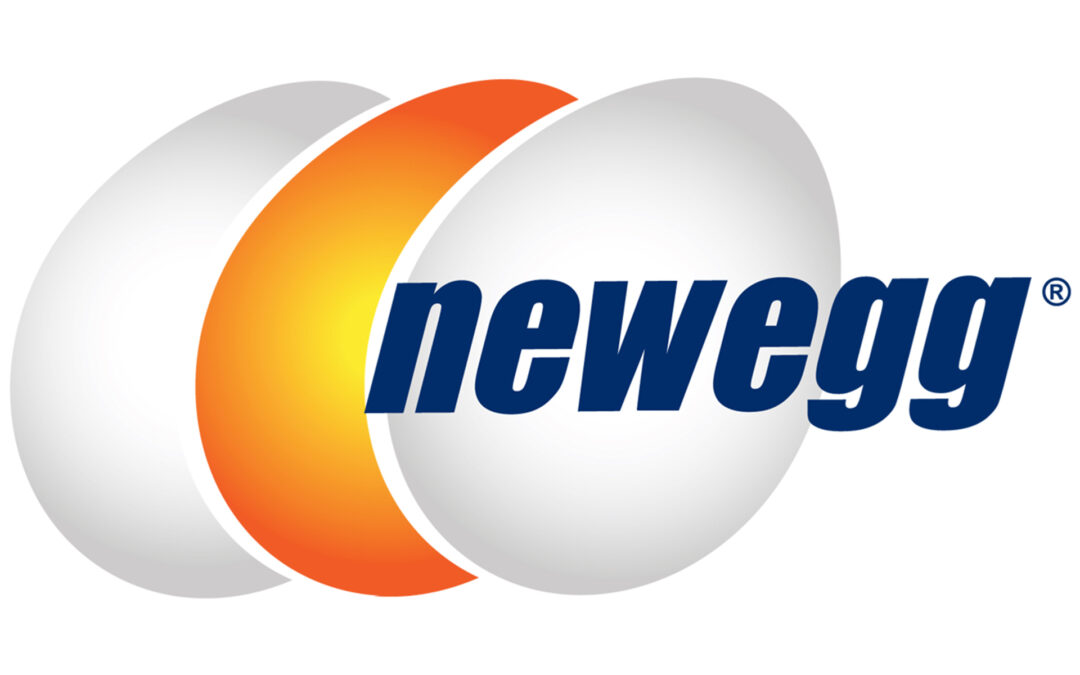Inflation gained in March according to market researcher Numerator, but the impact differs across product and consumer segments.
The rate of grocery inflation stalled or declined in March for food, club and online retailers, Numerated indicated, while the mass and dollar channels continued to see increased rates of price rising, with the dollar surging most significantly, up 21.6% in March versus the 2020 month, soon after Dollar Tree went to a $1.25 price cap. Online grocery prices remained slightly below year-ago and two years ago until recent months, likely an effect of the increased commonality and affordability of online grocery since the onset of the pandemic, Numerator noted. Still, although the rate of gain was down slightly from a month ago, grocery prices rose 9.6% versus March of last year.
Although most consumer groups have suffered a steady increase in prices over the past 12 months, some cohorts have been more heavily impacted, particularly Gen Z and low-income shoppers. In terms of ethnicity, Asian and Hispanic/Latino consumers experienced decreased rates of inflation in March compared to February, while White, Black and Other ethnicities continued to see increased rates of inflation. Overall, Black consumers are facing the highest levels of inflation across ethnicities, with the year-over-year rate up 13.2% in March. All generations experienced inflationary increases in March. Gen Z continues to be the most heavily impacted, with inflation rates 3.5 points higher than Millennials, the second most impacted generation. Low-income consumers continue to be the more heavily impacted by rising prices compared to middle or high-income consumers.
When asked what they would do with extra cash, Numerator determined the most significant trend seen was with those saying they “don’t currently have any spare cash,” a response that saw a steady increase throughout 2021 and has since held level, Numerator pointed out. Among those who had it, putting extra cash into savings or paying down debts were the most expressed intentions. Traveling and home improvement projects also saw increased interest recently after a winter decline. Black and Asian consumers were the most likely to say they would invest spare cash, while White consumers were most likely to use it for home repairs. Millennial and Gen Z consumers were more likely to say they would invest spare money, while Gen Zers were least likely to have spare cash. Unsurprisingly, high-income consumers were the most likely to have cash to spare, and as such, had the highest likelihood of engaging in almost all activities/actions. However, middle-income consumers were slightly more likely to put spare cash towards paying down debts.





